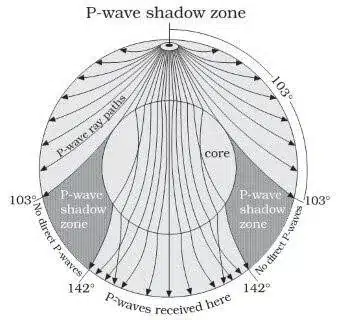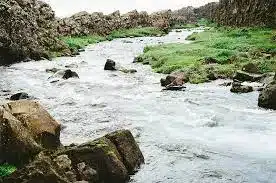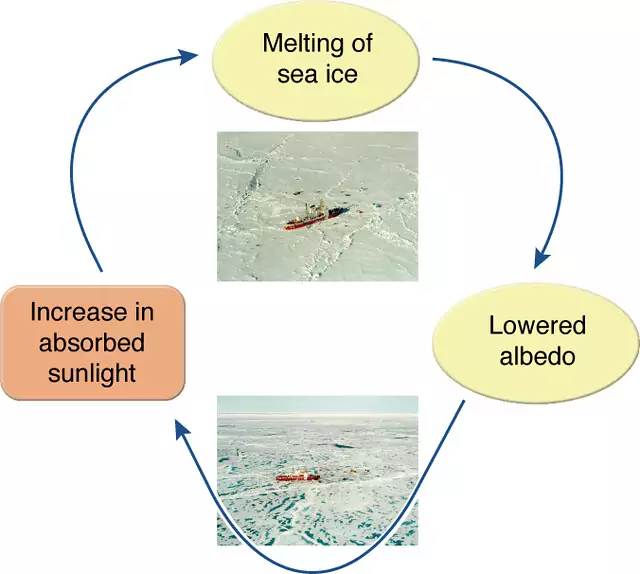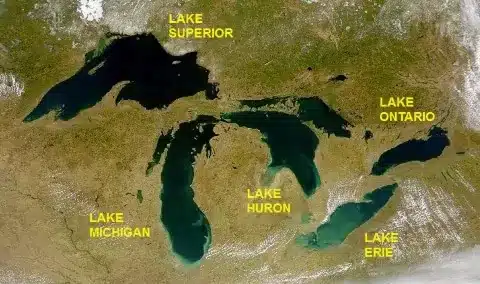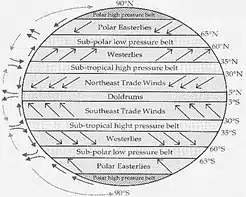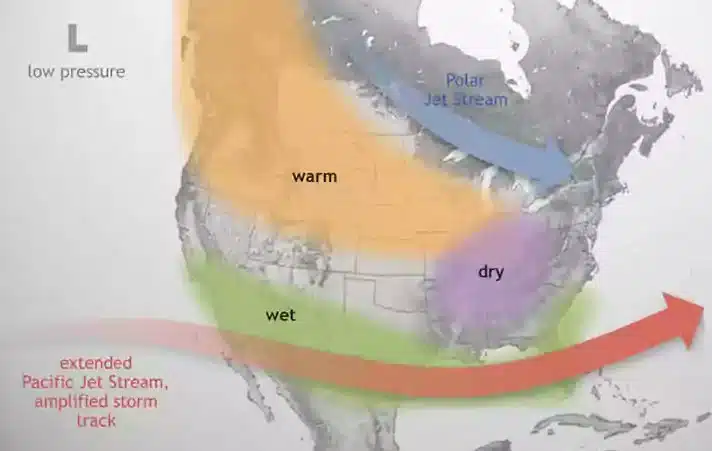Definition of Salinity
Salinity is defined as the amount of salt found in 1000 gram of water. It is expressed as part per thousand (‰).
- The general composition of saline water are Nacl (78%), Mgcl2 (11%), Mgso4 (3.5%), Caso4 (2.5%).
- Na and Cl has very high residual time in ocean water and they removed from water very gradually, that’s why they remain in the highest proportion.

Salt Budget
Irrespective of absolute salinity of the water, the proportion of salt remains the same in all parts of the ocean. Amount of addition or extraction of fresh water compared to salt content in the ocean water decides absolute salinity of the oceans.
Sources of salt in ocean water
- Basically the sources of oceanic salinity is land. Rivers brings salt in solution form from the continental areas.
- Submarine volcanism at mid oceanic ridge.
- Chemical reaction between rocks of geothermal vent of volcano and cold water.
- Erosion of oceanic rocks.
Removal of salt in ocean water
- Physical removal : waves break at the beaches, salt spray.
- Biological removal : marine life forms extract Ca from sea water for their bones.
Average Salinity of the ocean water
- Average salinity of ocean water is 35.5 Ppt.
- While salinity of Dead sea is 350 and Lake van is 400 ppt.
- Man seldom drowned in highly saline water because high salinity means high density of water.
Pattern in variation of salinity
- Salinity goes decreases from equator to poles.
- But highest salinity is not at equator due to high rainfall, cloud cover.
- Highest salinity is at tropics.
- Northern hemisphere is warmer, hence high evaporation and hence, more saline.
Local variations in salinity
Salinity is mainly affected by three factors viz. (i) salinity is reduced by precipitation, (ii) salinity increases due to evaporation, and (iii) salinity varies due to mixing of different characters.
These are explained below :
- Addition of freshwater : Rainfall, inflow of large river, melting of glacier – these all makes less saline
- Reduction of freshwater : Increase in temperature, high evaporation, winds(wind accelerate the evaporation)
- High evaporation: high salinity. For example, in warm ocean current high evaporation occurs and hence highly saline. While in cold current low salinity.
- Enclosed seas :
- Low latitude – warmer than open sea. Example : Mediterranean sea, Red sea.
- High latitude : Cooler than open sea. e.g. Baltic sea.
- Salinity increases density and hence saline water sinks.
- Saline water freeze slowly compared to pure water.
- At equator, salinity increases with depth up to some layer than decreases with depth.
- Beyond equator salinity decreases with depth. Vertical salinity variation of ocean is complicated. No uniform layering.
- Evaporation is controlled by salinity of the oceans. More saline water is less evaporated than less saline water.
- Spatial variation in seawater salinity becomes potent factor in the origin of ocean currents.
Also refer :
- Top 50 Science MCQs For Competitive Exams
- Know About The Different Financial Sector Regulators In India
- How Were Continents And Oceans Formed?

